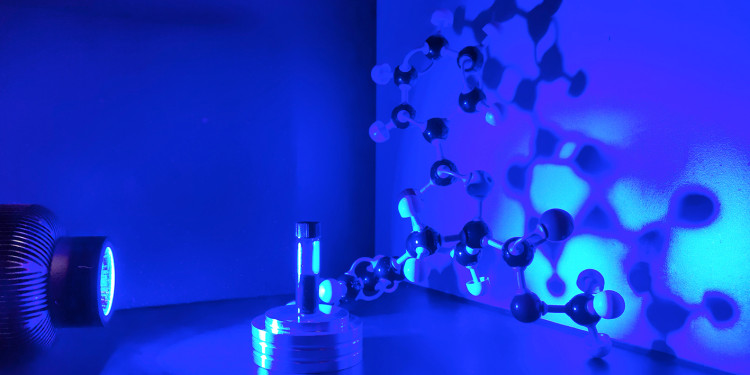


German Research Foundation approves Research Training Group

A new puzzle piece for string theory research
Events

Pollutants in shipping: researchers recommend stricter regulations

Globalisation already existed in antiquity

Battery research: International Graduate School receives millions in funding

Denise Steiner’s group is looking for new ways to administer active ingredients

“I knocked, and they opened the door”

Fish study shows infection alters sleep

New method for producing innovative 3D molecules

Study: Wellbeing increases when working hours are reduced

Barbara von Groote-Gotzes talks about the ‘Ulysseus Days’

Study shows influence of elementary particles on the structure of atomic nuclei

Archaeologists discover Armenia’s oldest church

Scientists decode black widow spider venom
Your search did not match any of our news releases.
Suggestions:
- Make sure that all words are spelled correctly.
- Try different keywords.
- Try more general filters.
- Expand the period of time.
